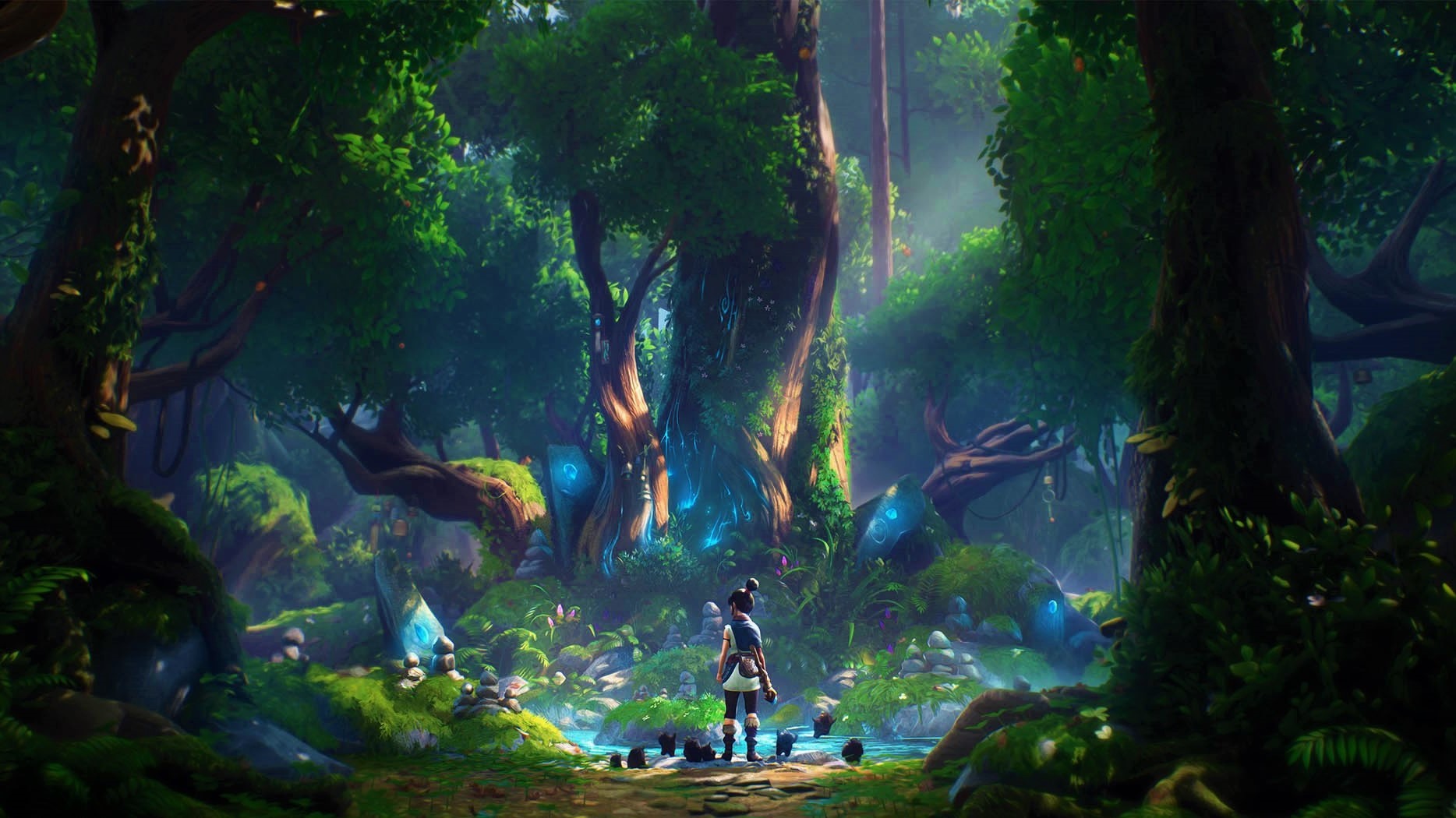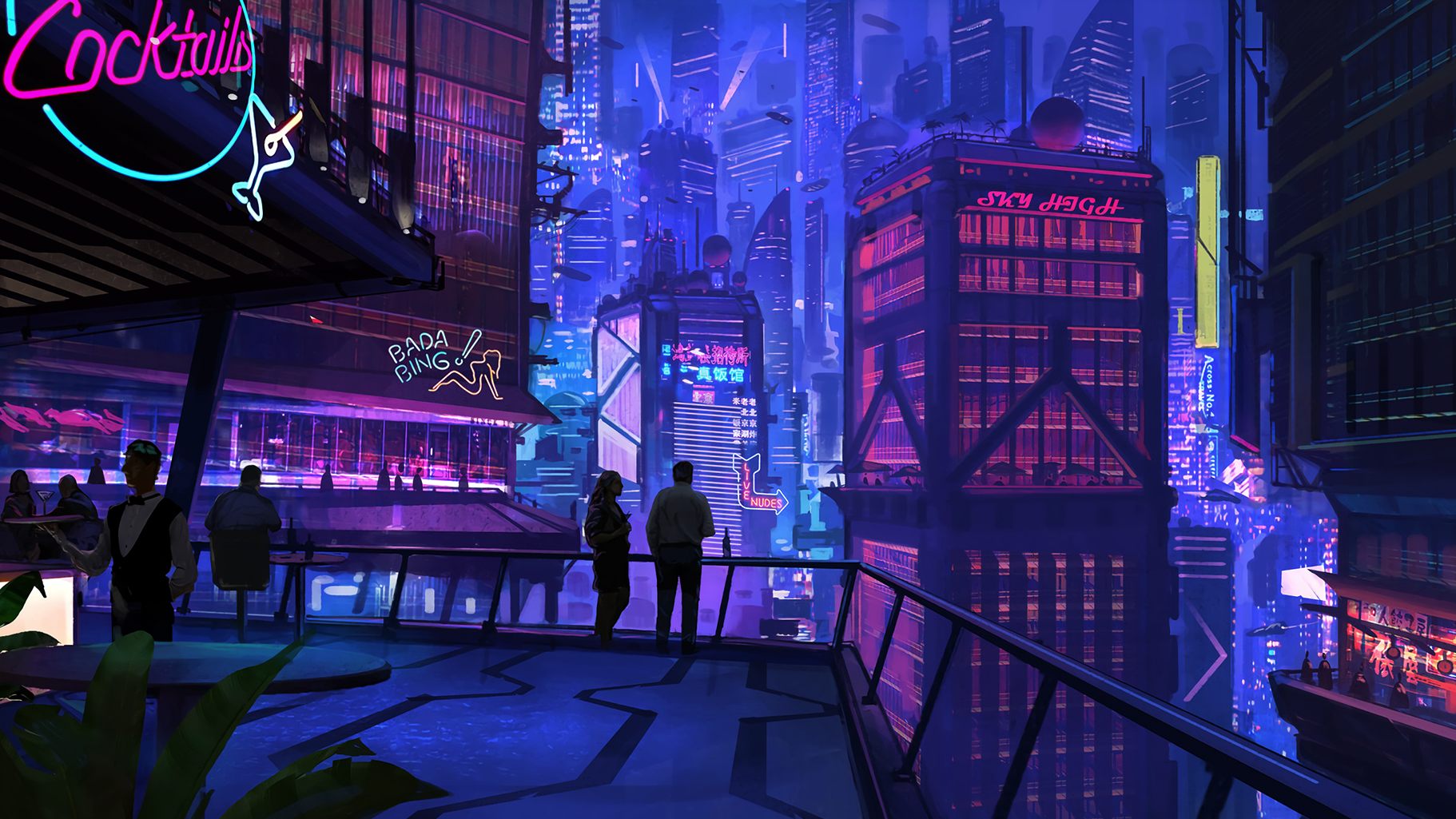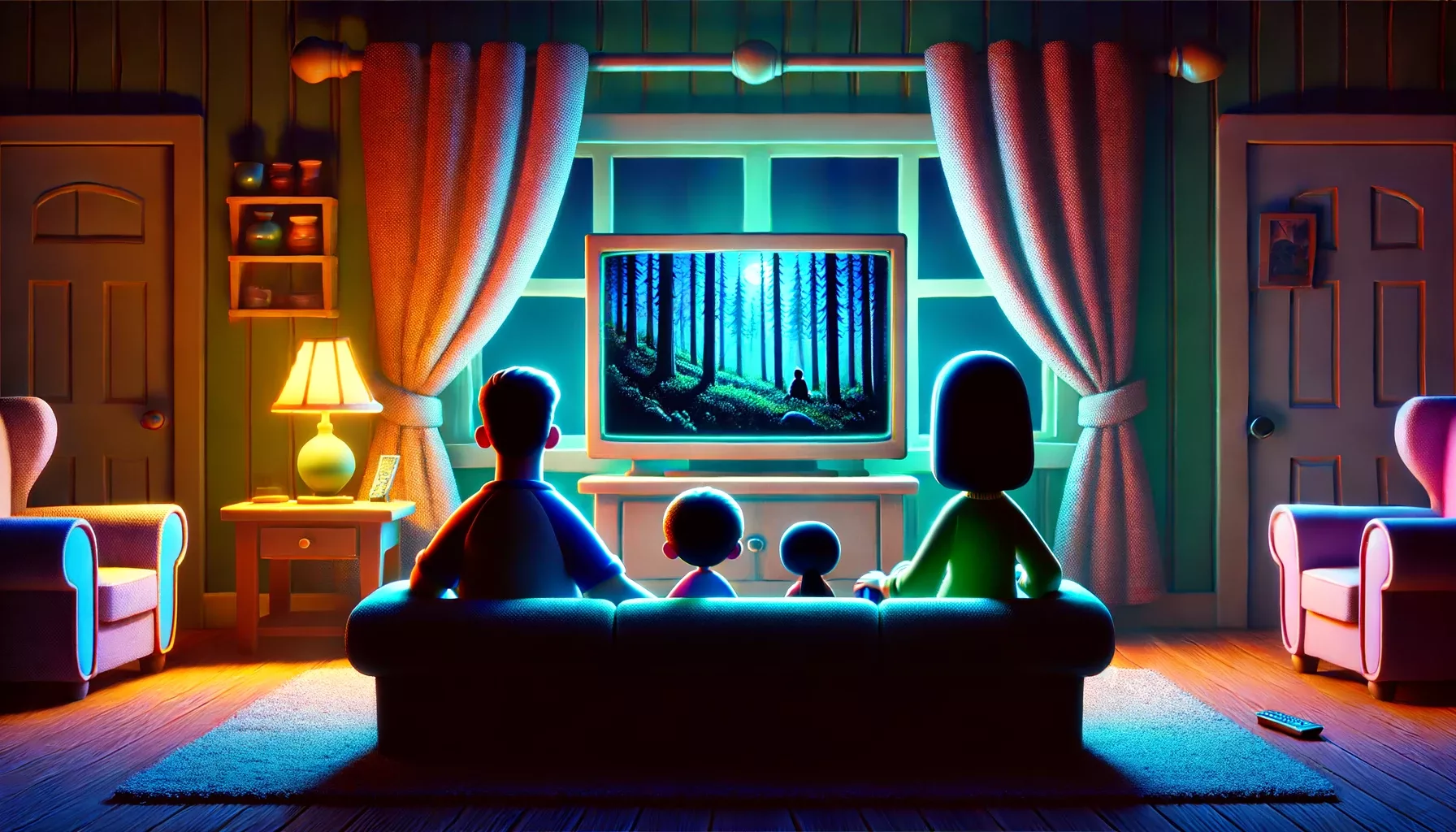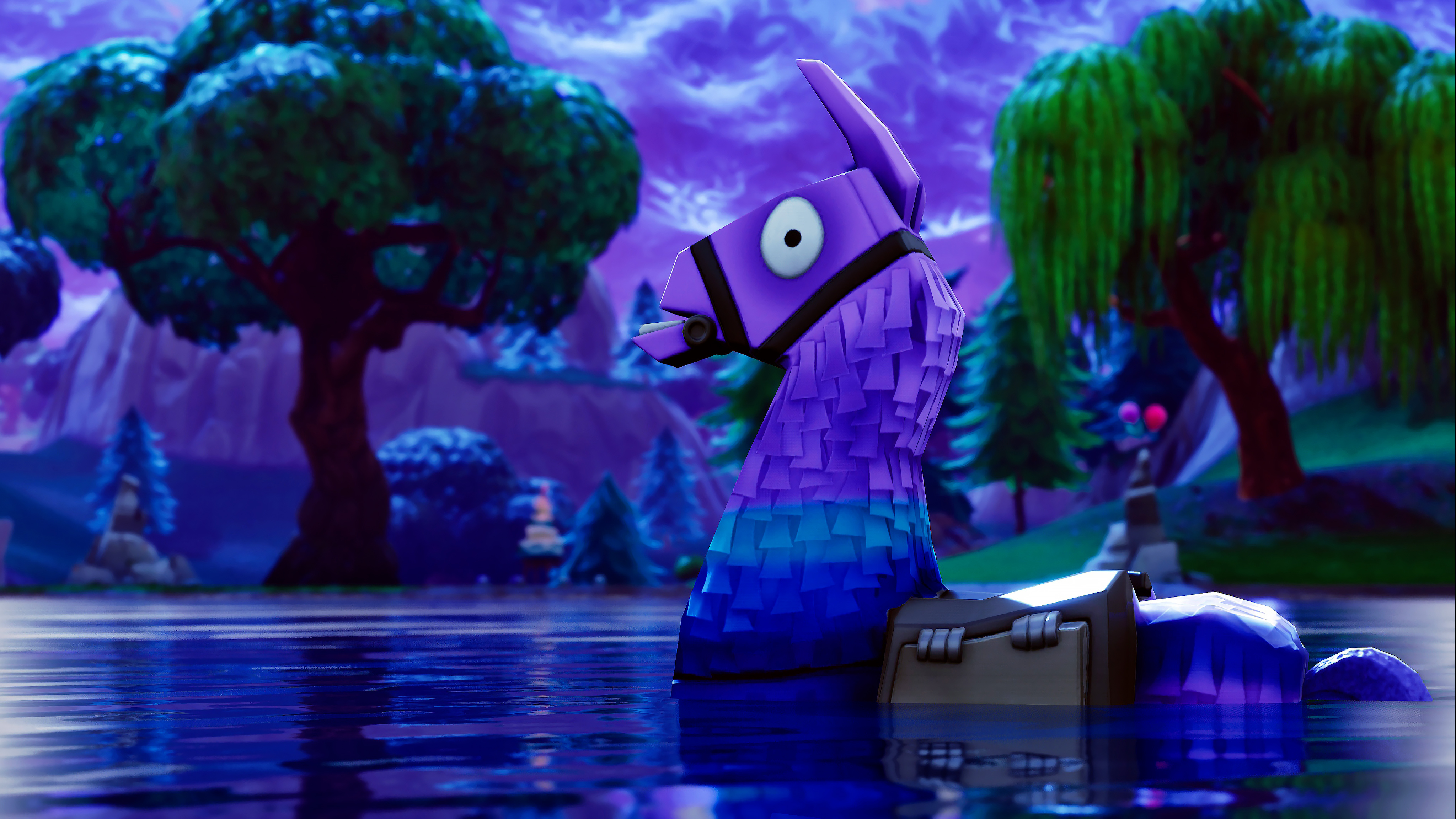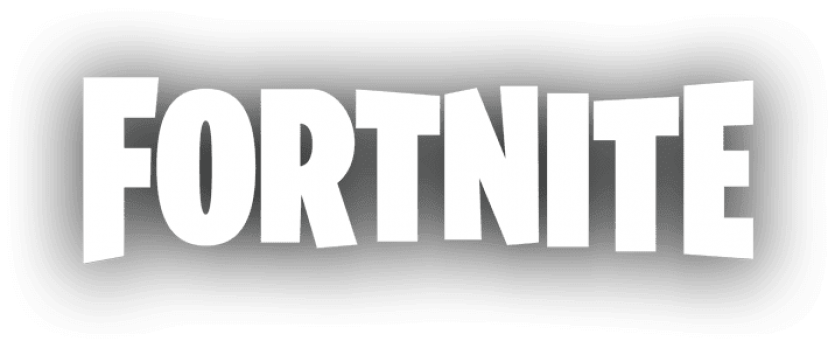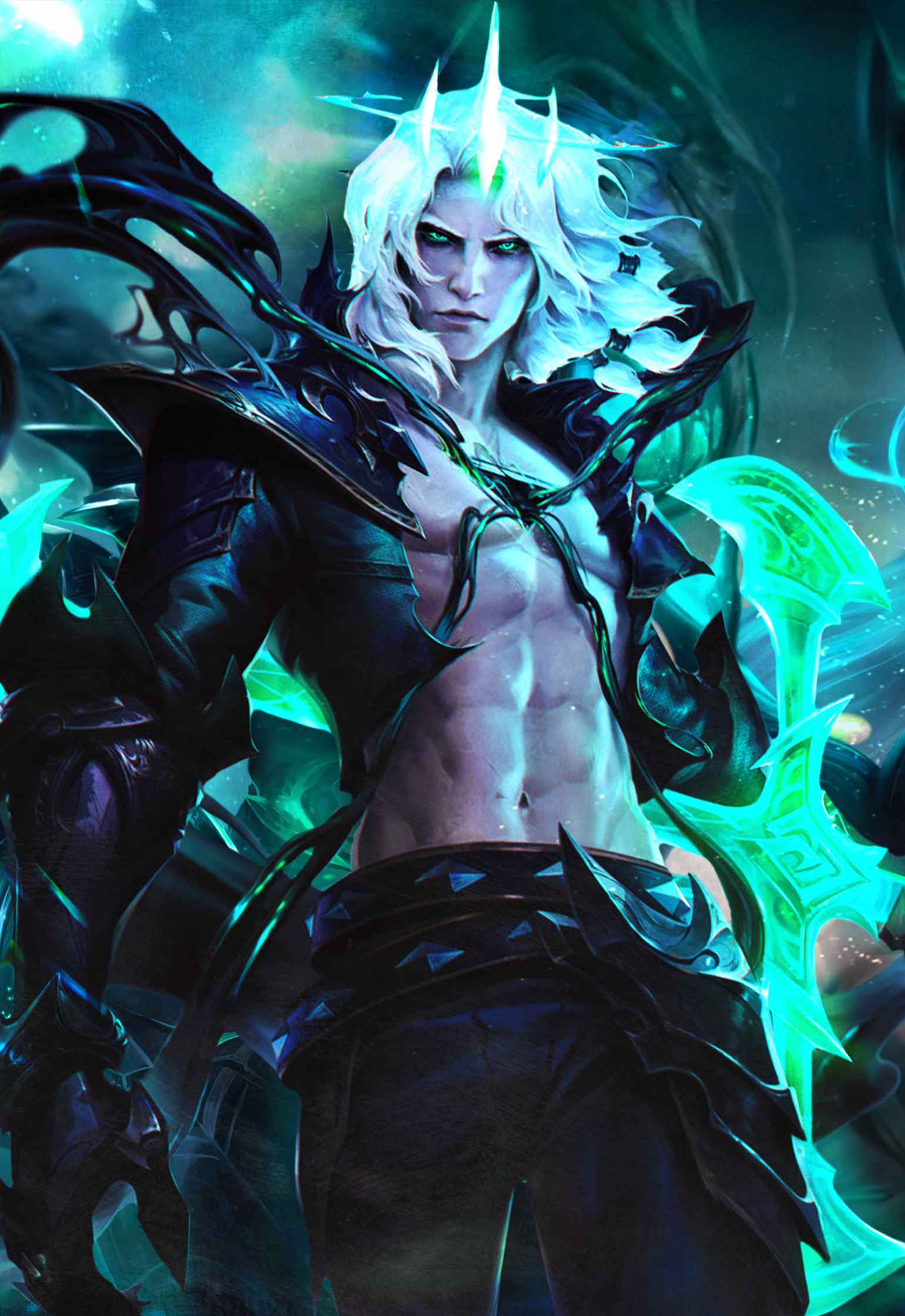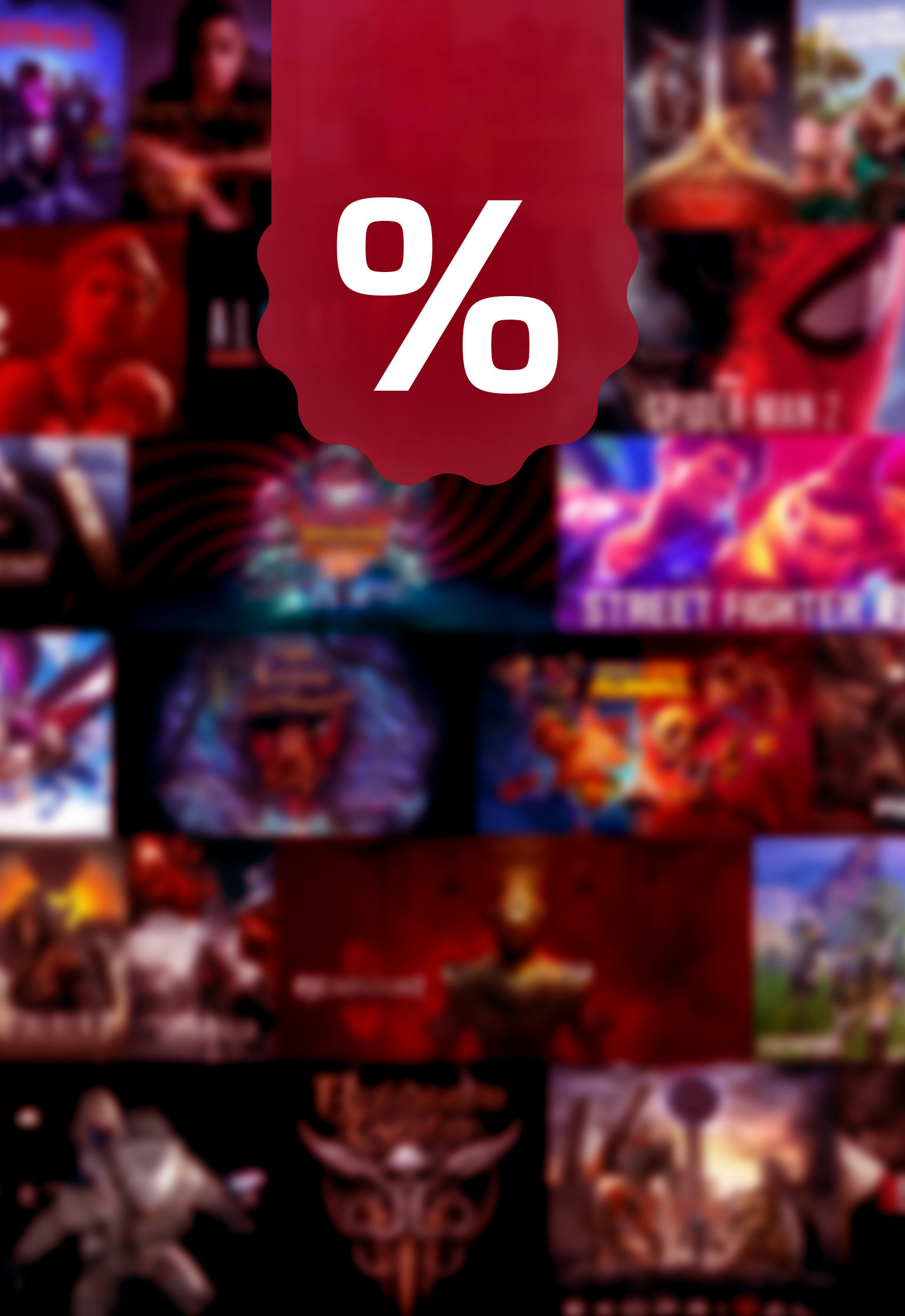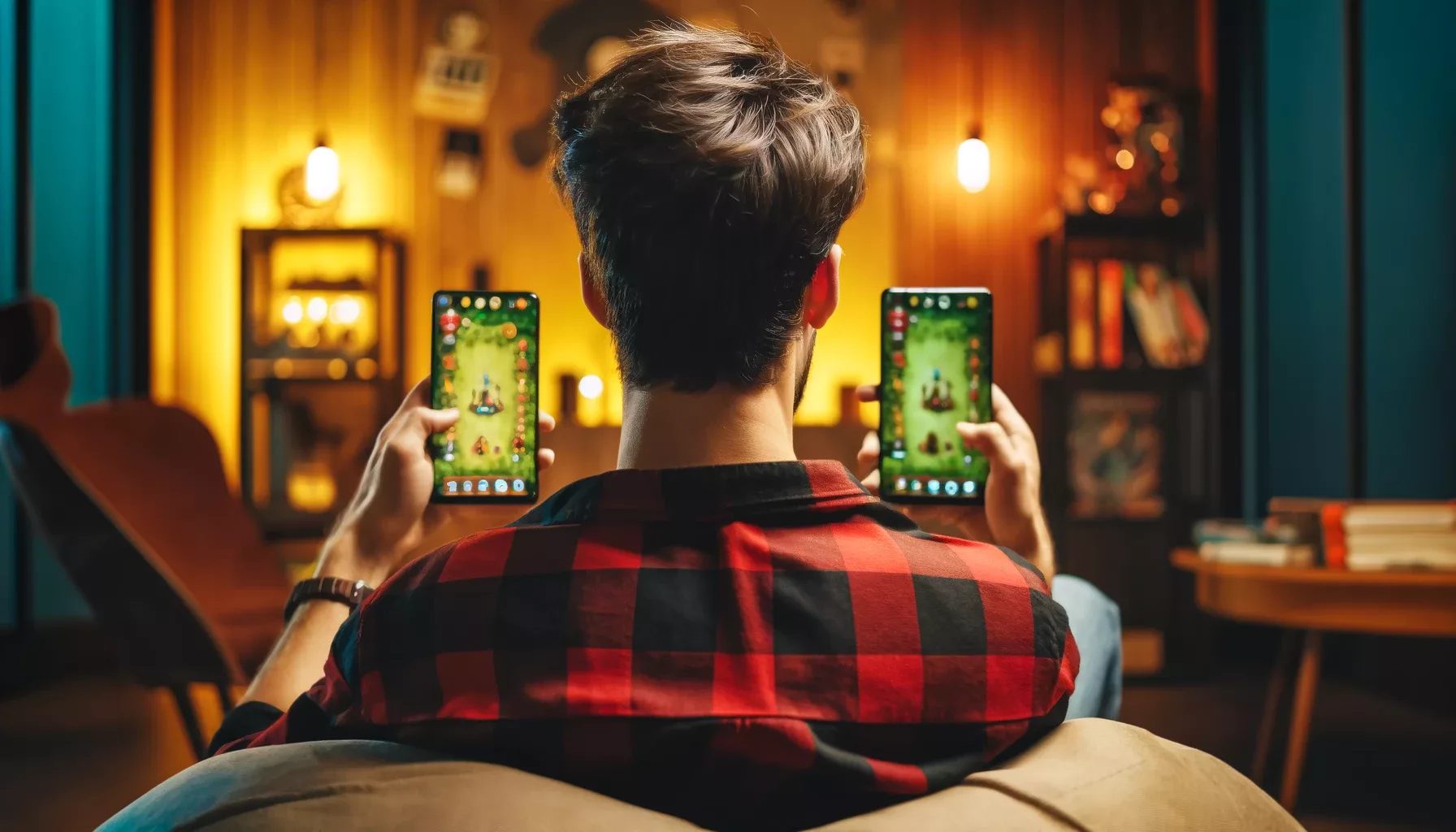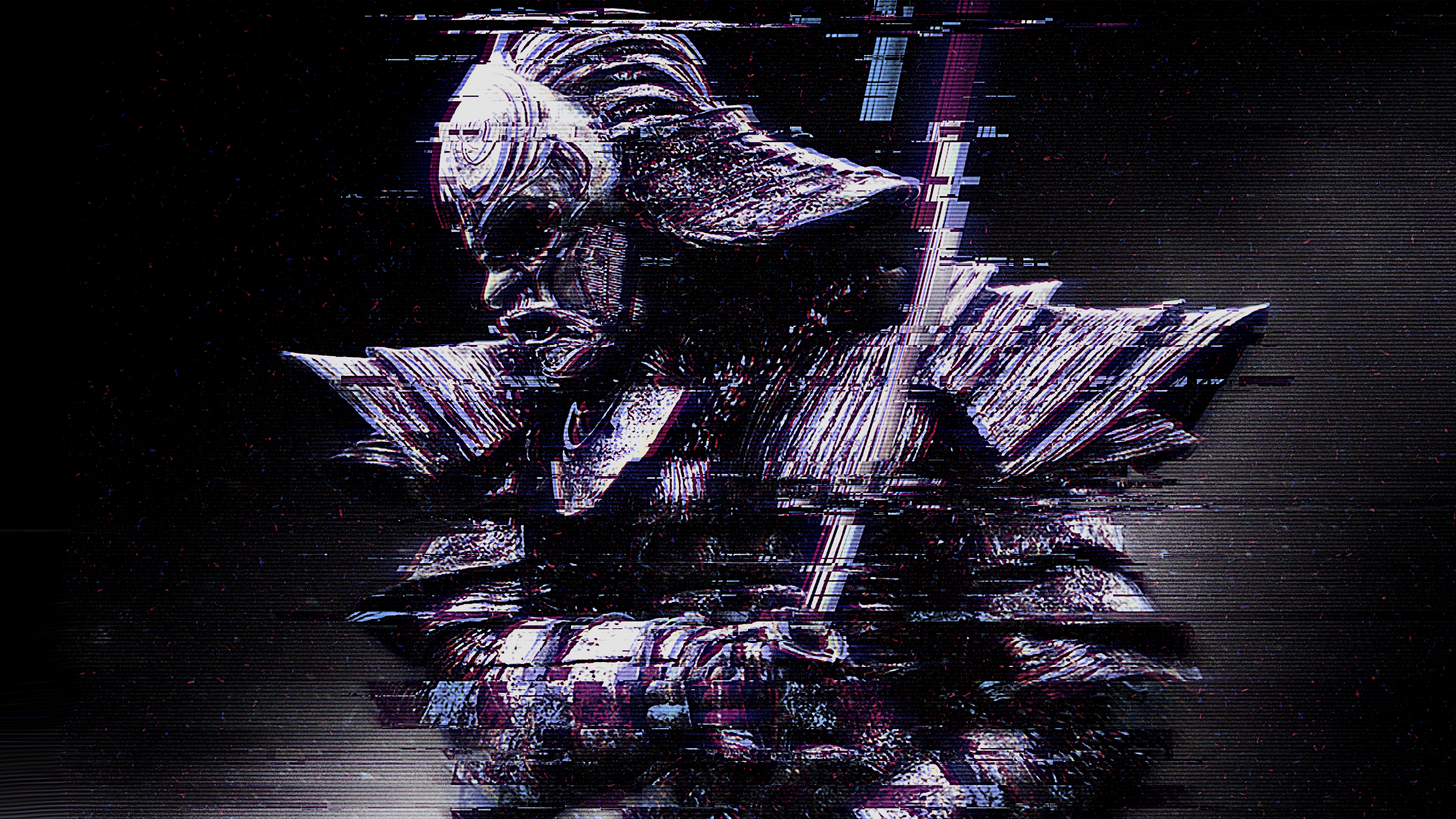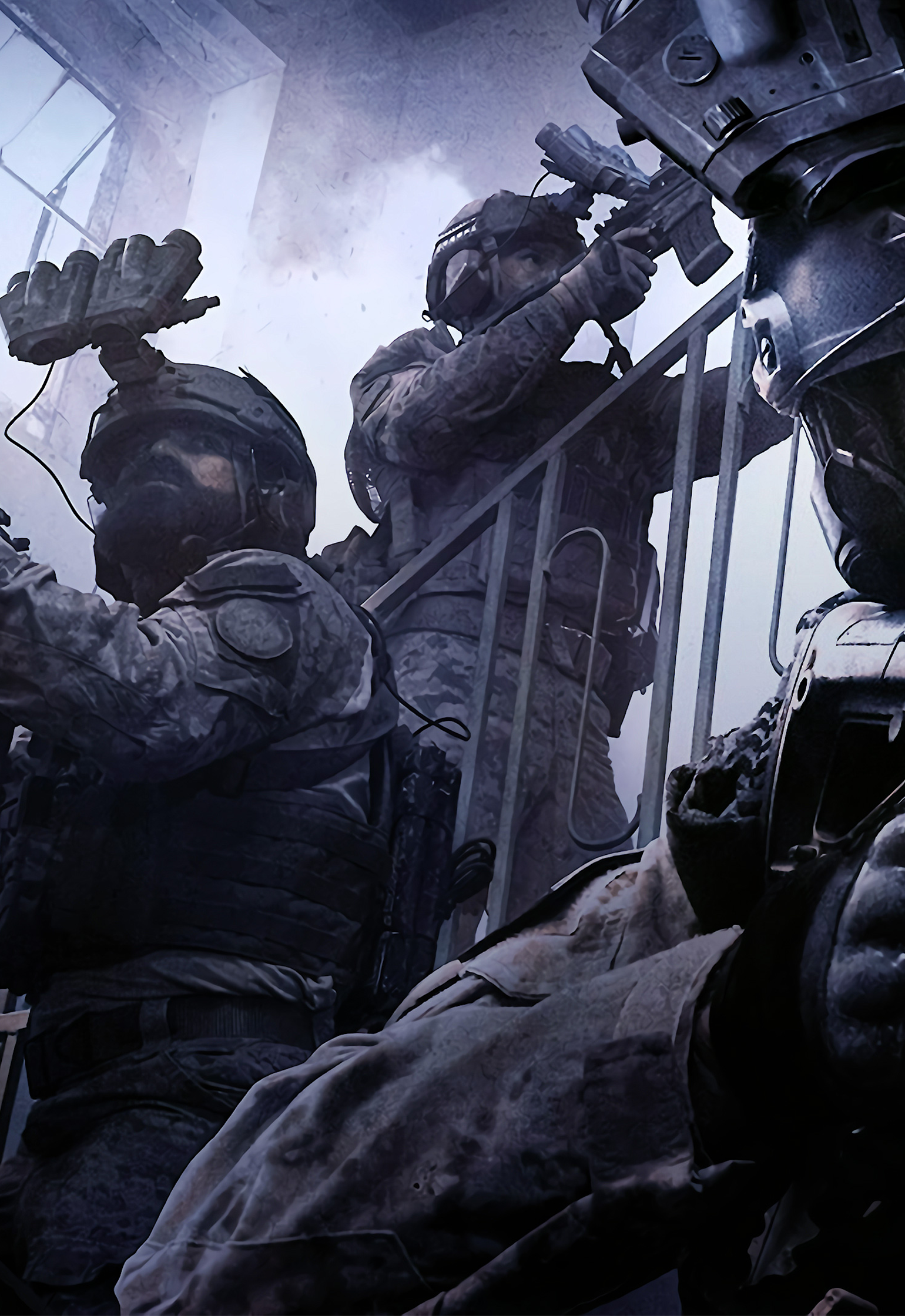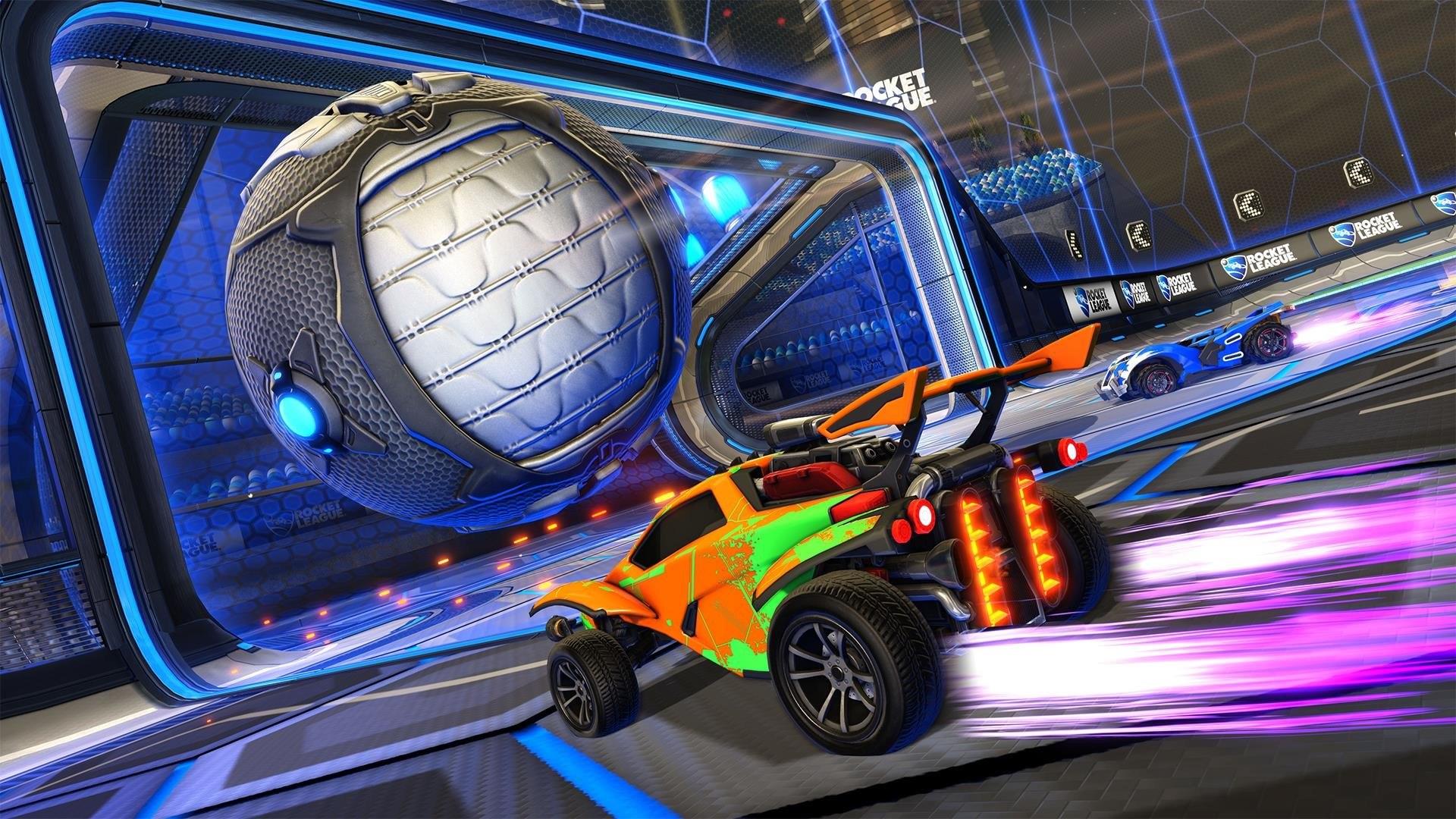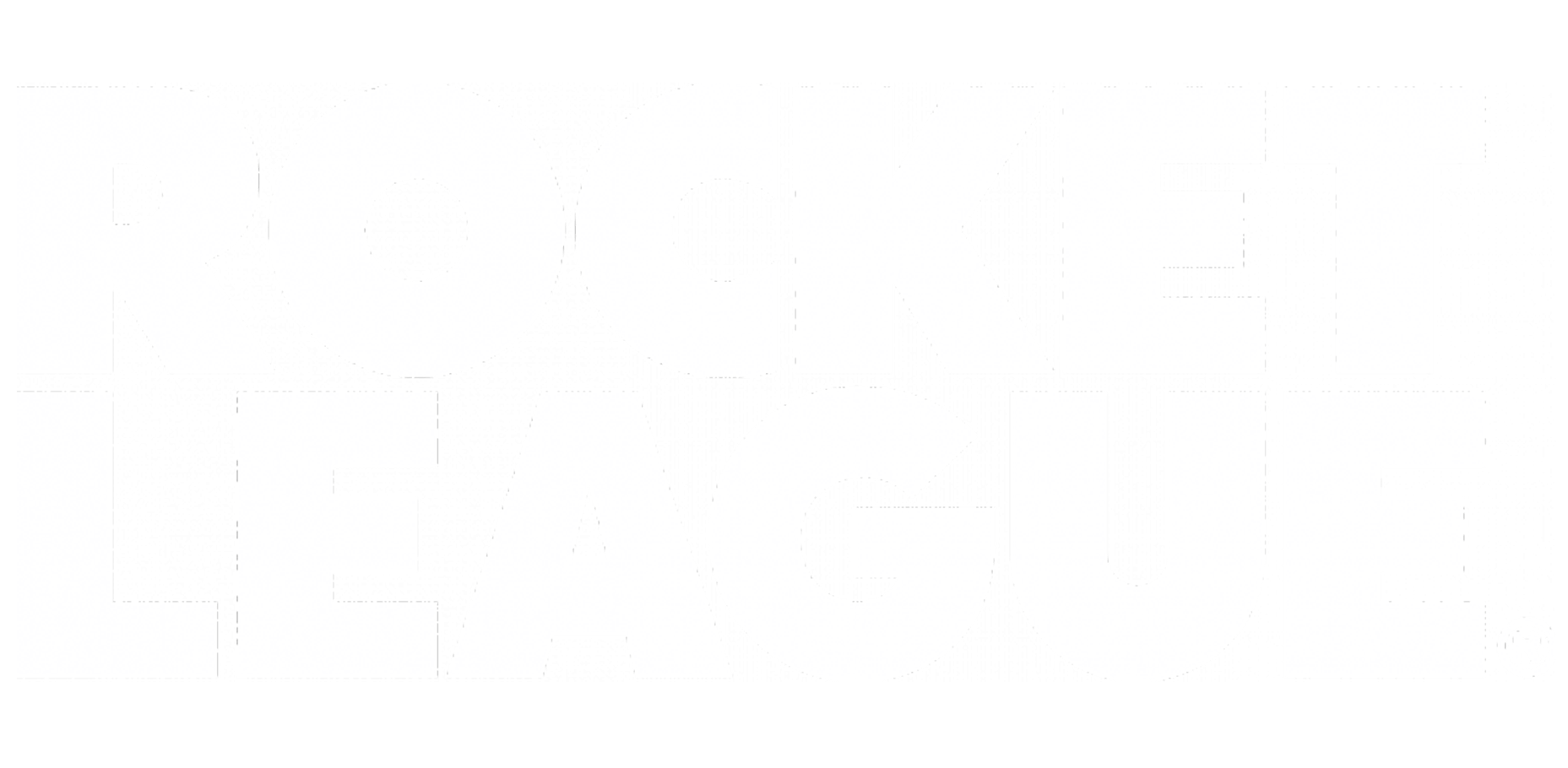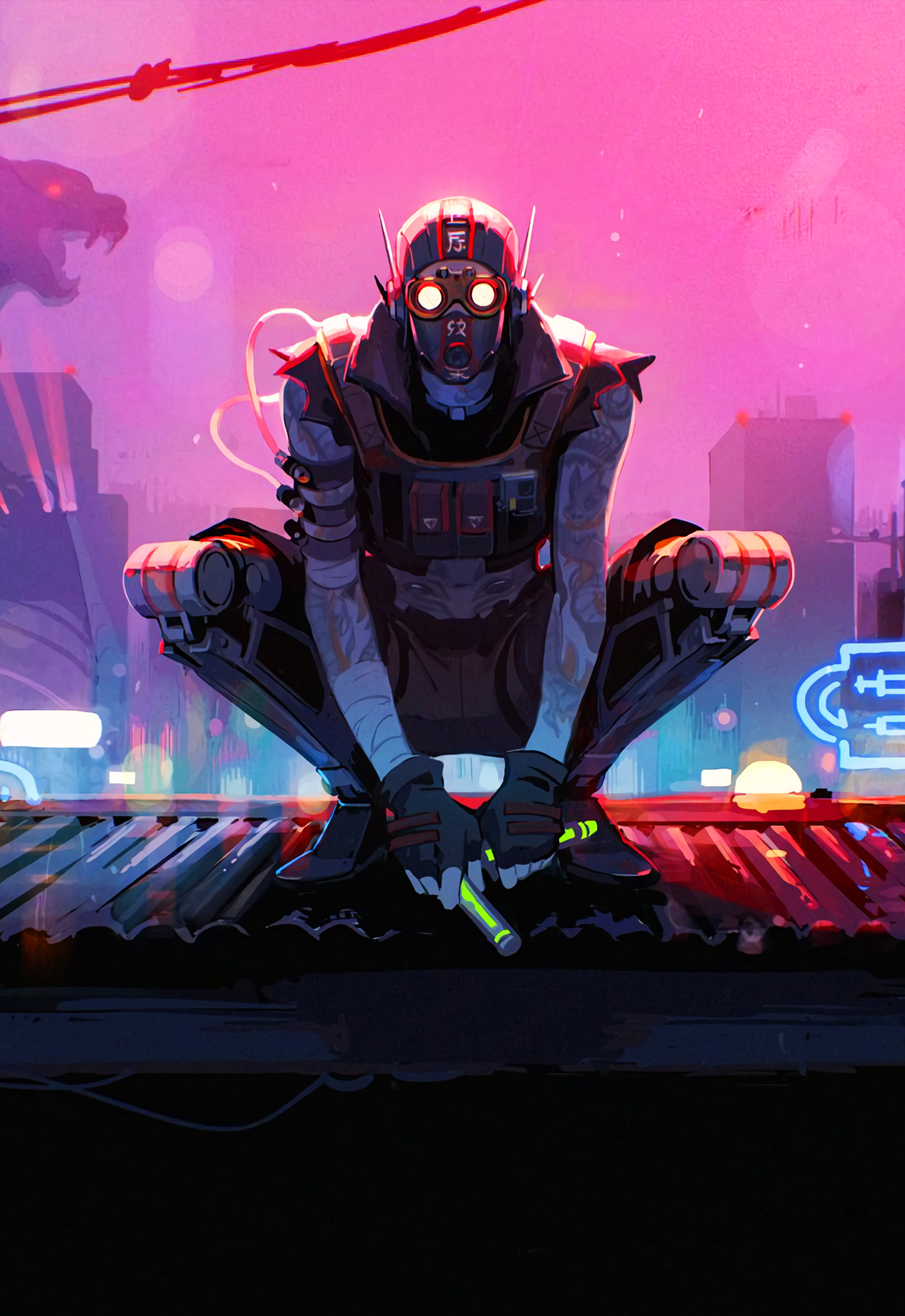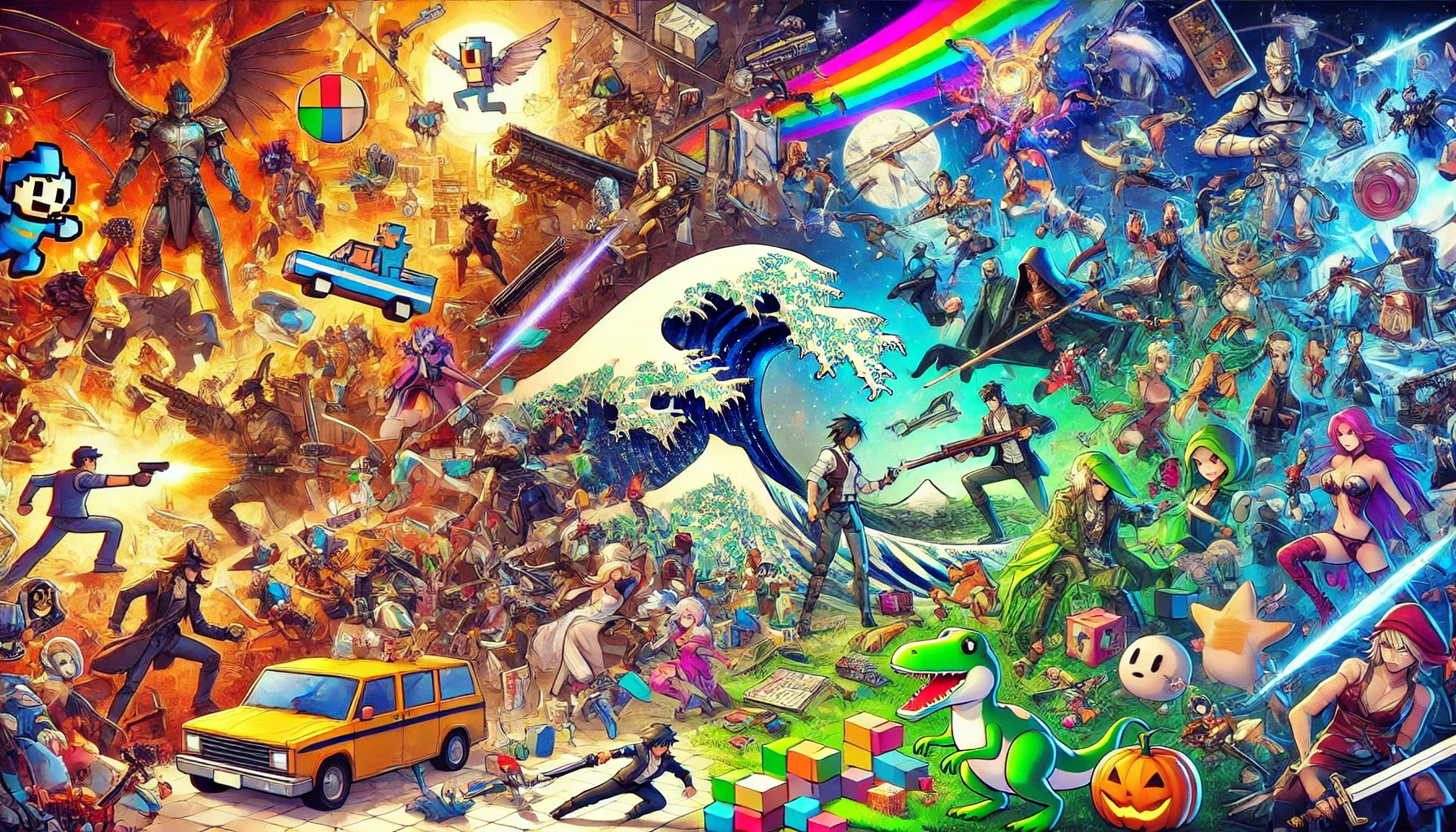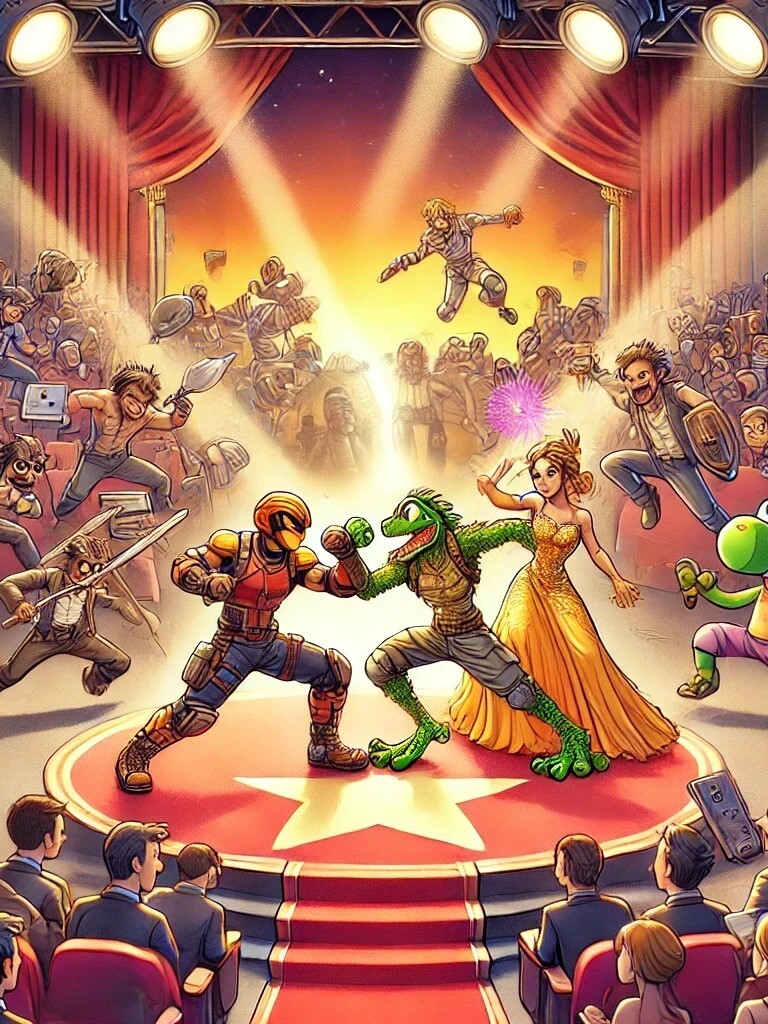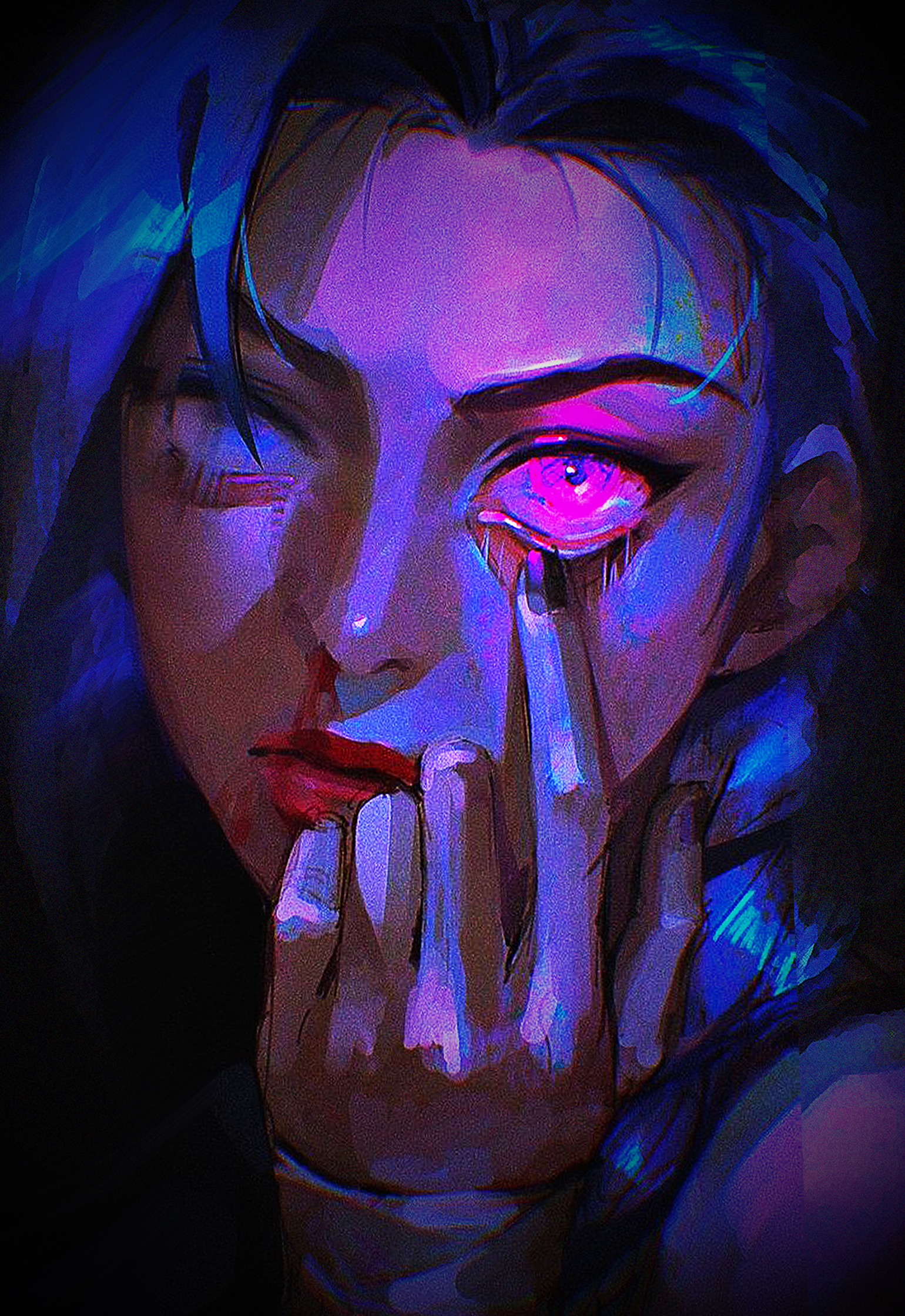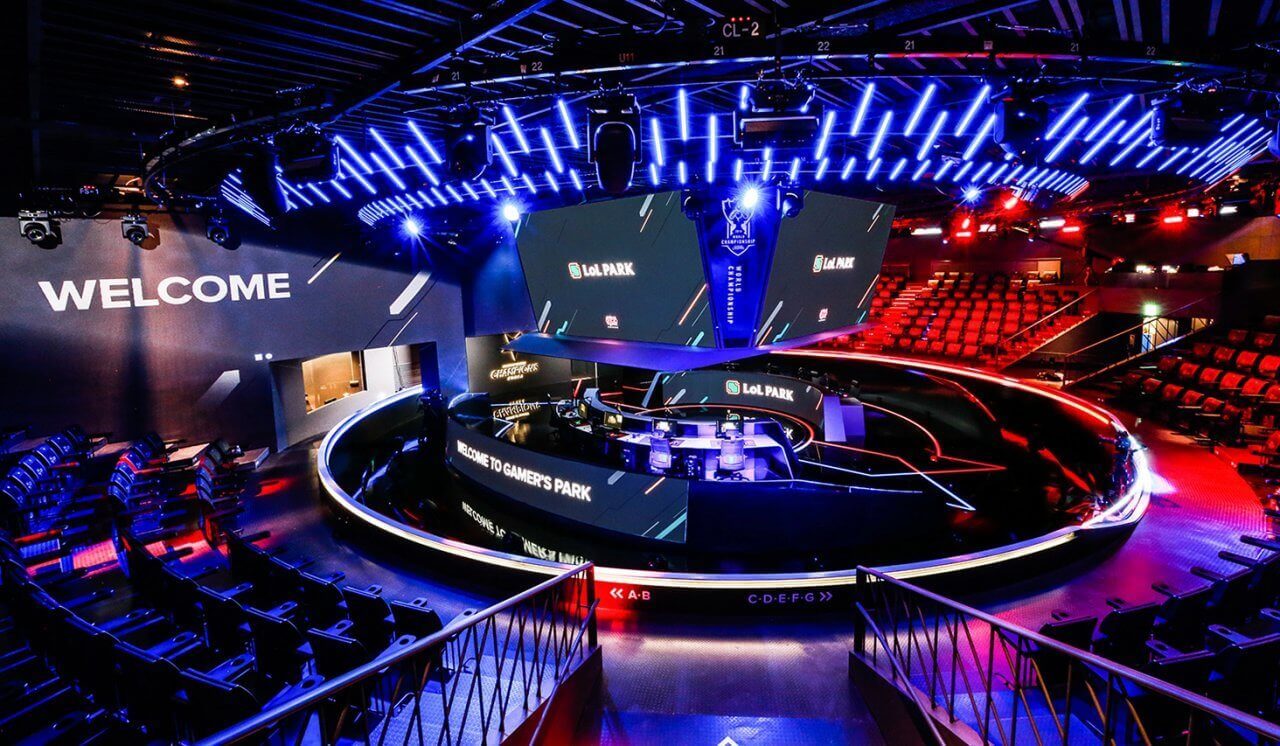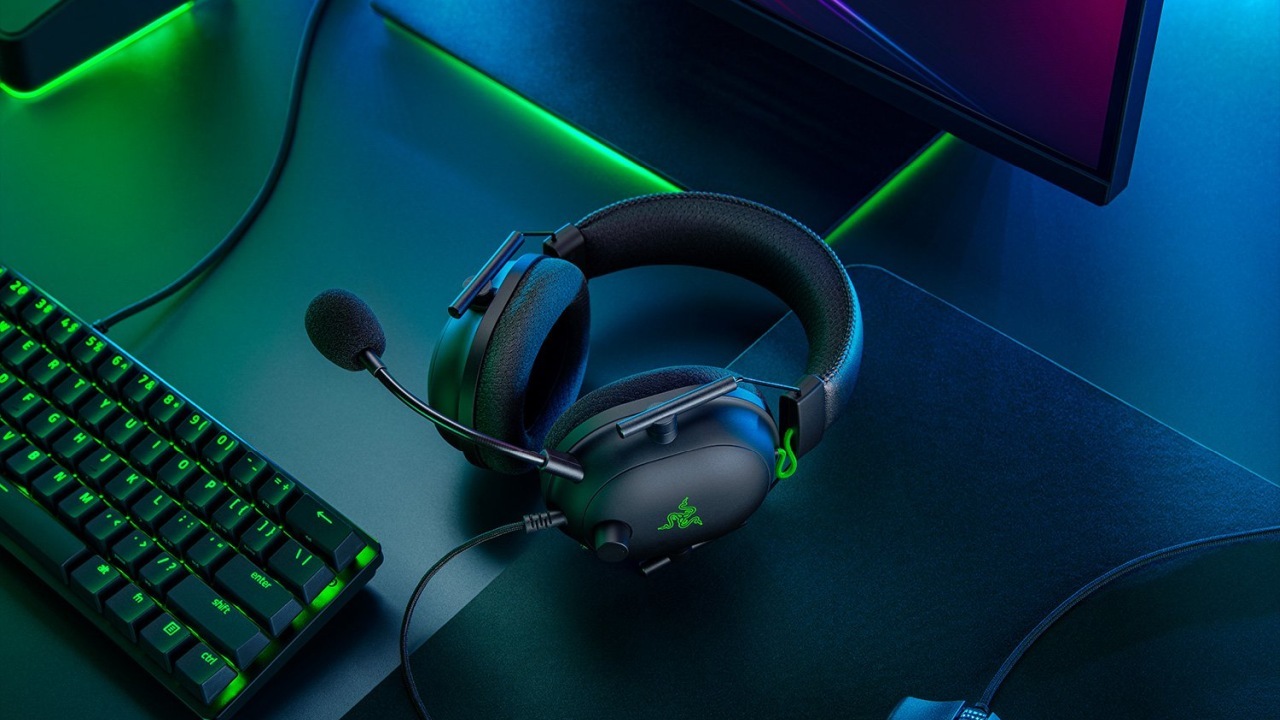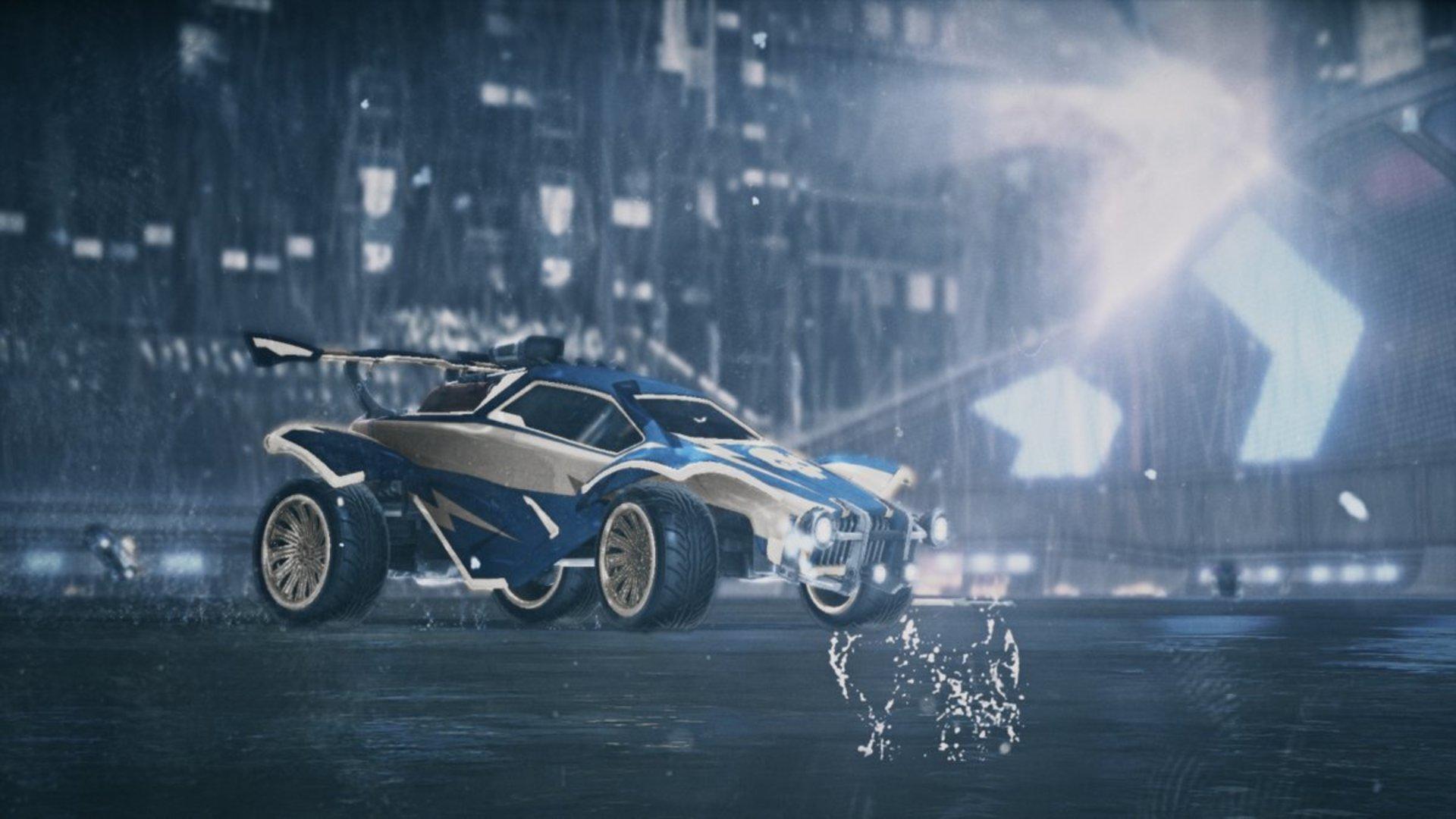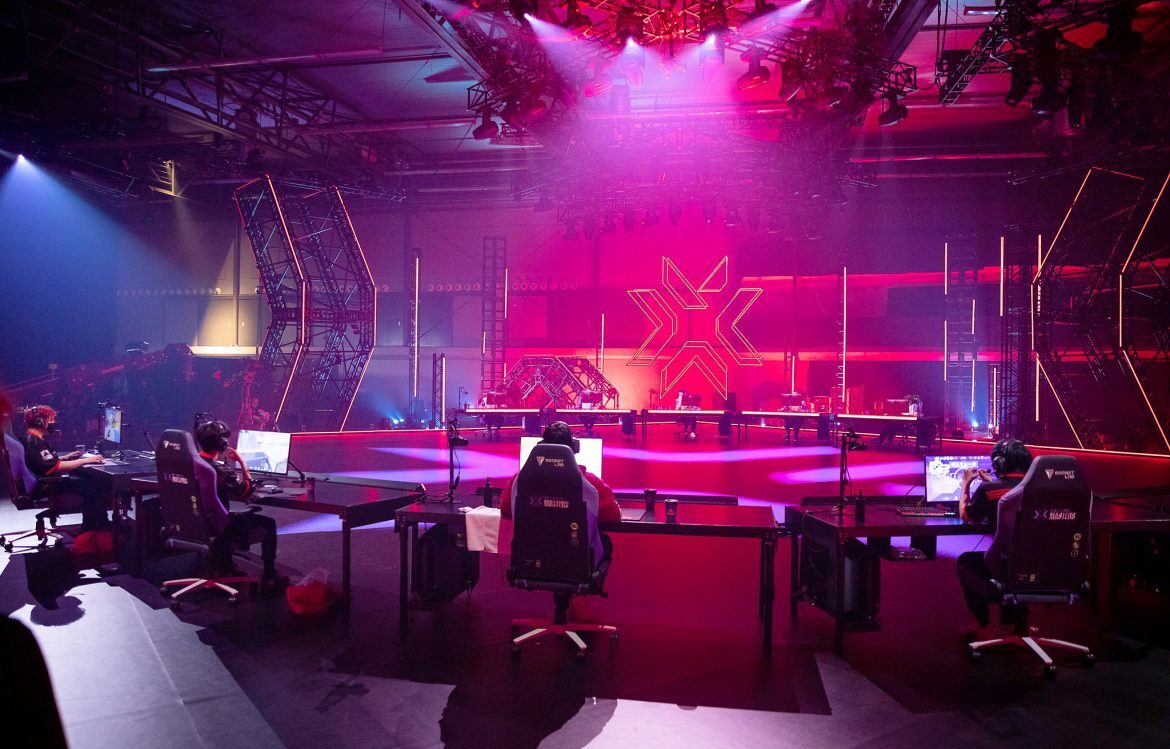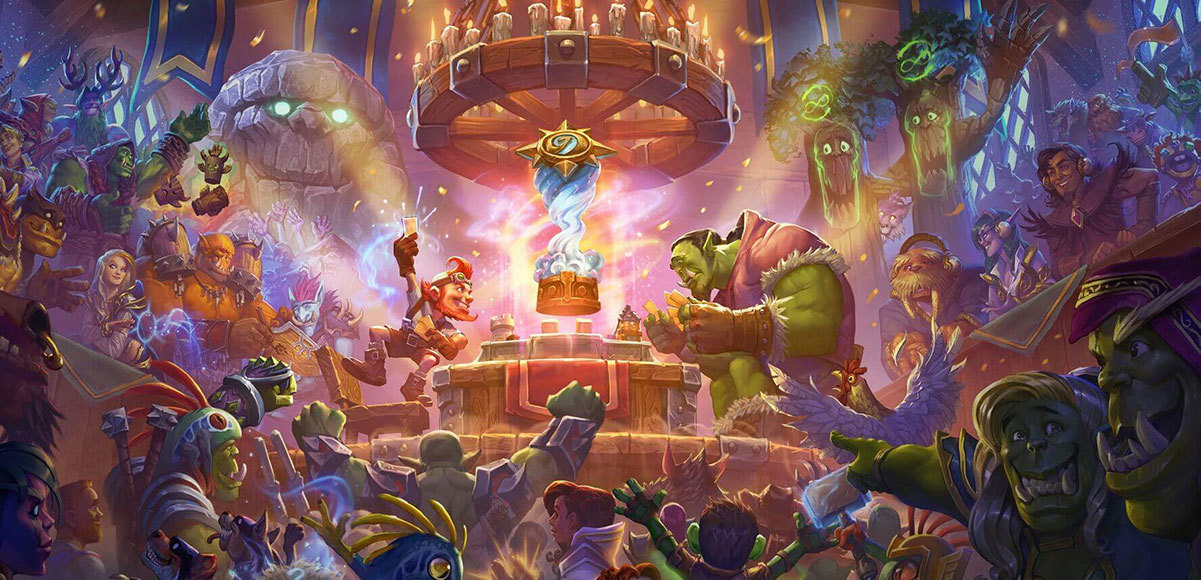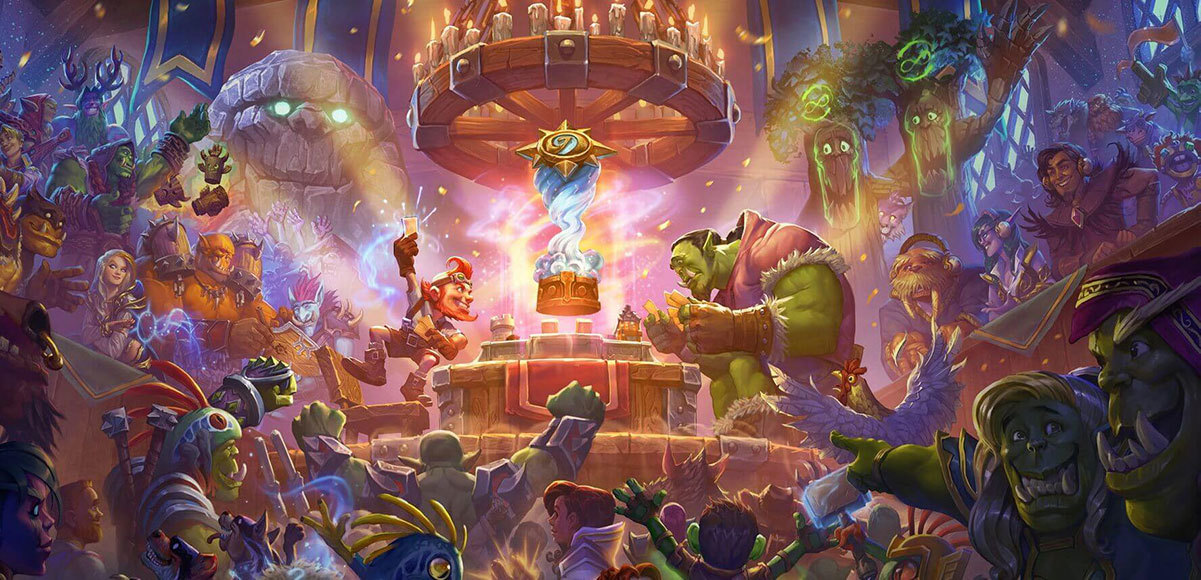
Hearthstone is celebrating its sixth birthday. The game has had som many ups and downs, that it’s worth taking a deep dive in its history and extracting six valuable lessons we’ve learned while smashing face and comboing off one turn kills for half a dozen years.
“Twenty Years, Twenty Lessons Learned” is a very popular GDC talk by Magic: The Gathering lead designer Mark Rosewater drawing close to 700,000 YouTube views as of the writing of this article.
While none of the folks here at EarlyGame.com has been on the Hearthstone design team, we’ve been monitoring the popular card game closely for the entirety of its existence so far and we thought we should follow MaRo’s example and share six lessons we’ve learned as analyzers, spectators, players and fans of Blizzard’s smash-hit title.
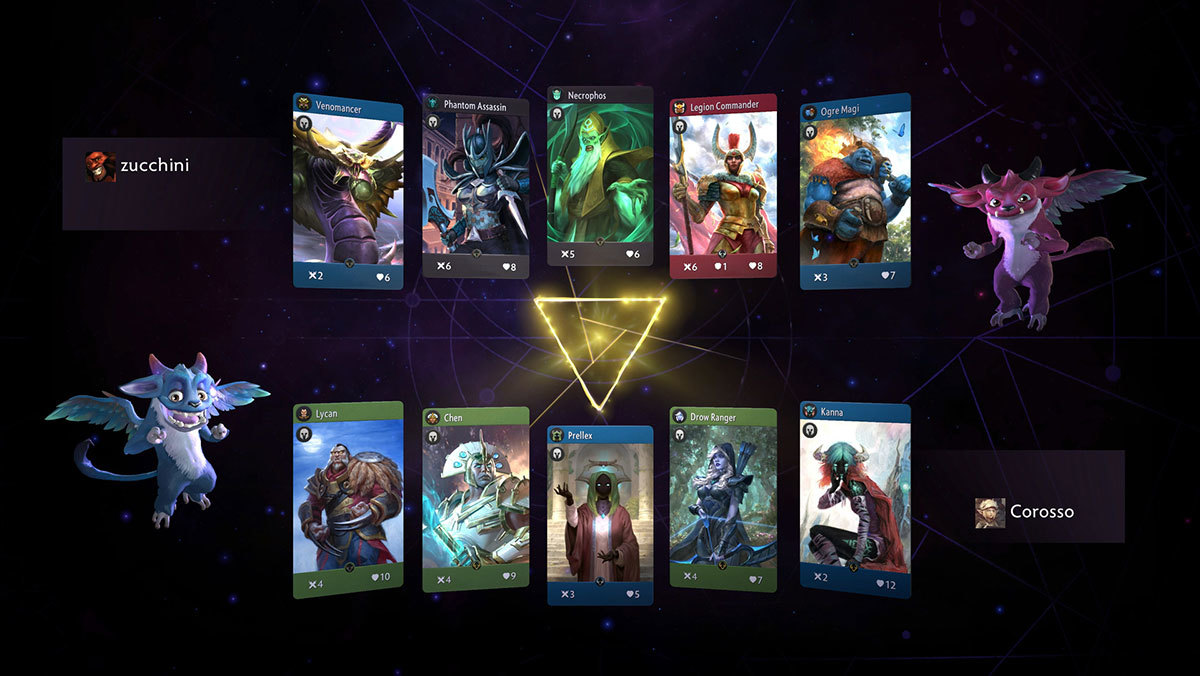
Lesson one: Digital card games sell
Hearthstone is absolutely massive. Every year since its release ActivisionBlizzard has been reporting that the majority of its revenue comes from microtransactions. The card game is a prime example of that. While completely free to play, Hearthstone offers packs of cards, Arena tickets, and flashy hero portraits and card backs for sale, and these little purchases add up fast.
A preorder of the latest expansion will usually set you back as much as a WoW expansion or a full console game, and these come thrice a year.
In hindsight, it is easy to conclude that making Hearthstone was a no-brainer, but this can’t be further from the truth. In fact, this was a little experiment by a handful of devs at Blizzard - a company known for their massive 3D worlds, big esports titles, and legendary storytelling. Hearthstone wasn’t any of these things, at least initially, so it was a huge risk.
However, its release proved extremely successful and paved the way for an avalanche of contenders. The list includes games like The Elder Scrolls: Legends, Artifact, SolForge, World of Myths, as well as hybrid titles that draw heavy inspiration from Hearthstone and combine it with a tactical board game, such as Faeria, Duelyst, and Hand of the Gods… oh yeah, not to mention a little game called Magic: The Gathering Arena.
Did we mention money? Hearthstone might not draw in as much cash as it did a few years back, but the fact that makers of the world’s biggest games such as Dota 2, Skyrim and Smite decided to hop on the bandwagon and create their own digital card game offerings, is telling that Blizzard clearly did something remarkable and changed the world of gaming.
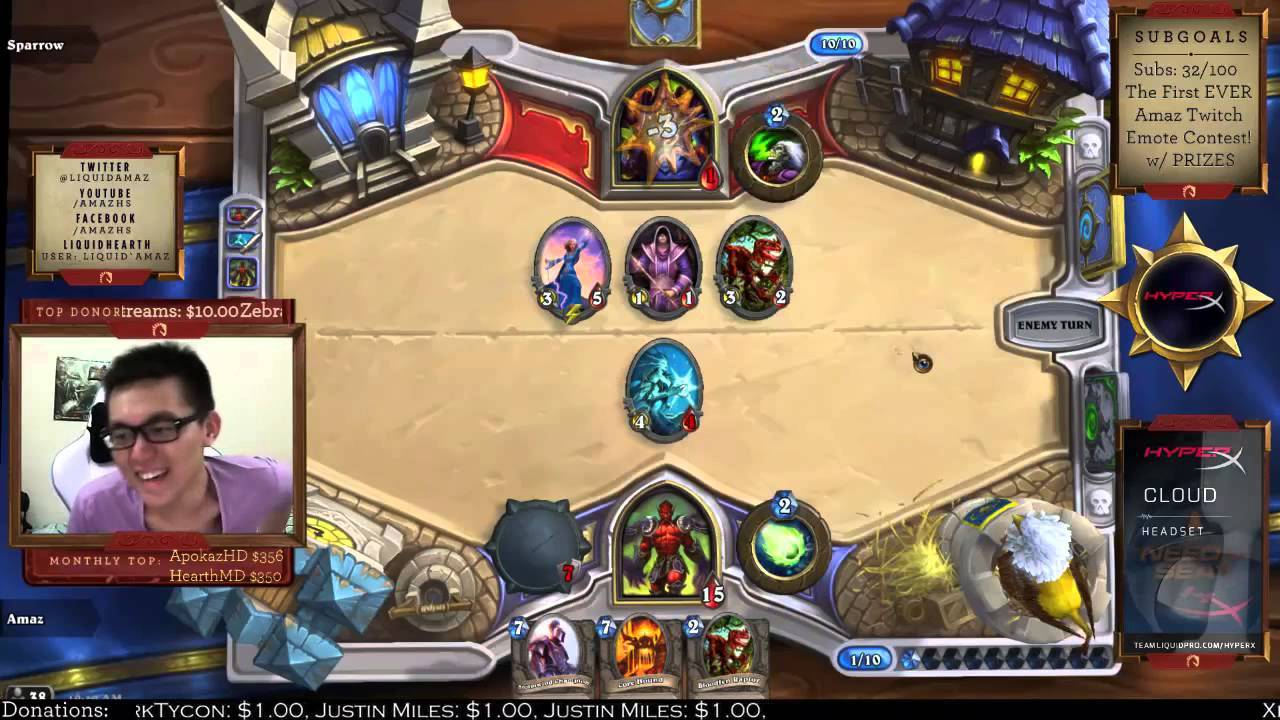
Lesson two: People will watch spectator-friendly games
Another thing that seems like a no-brainer now, but actually has a huge significance. Even before its release, when only pro players and cool-kid YouTubers had close beta keys for Hearthstone, the little card game drew massive Twitch viewership.
Some didn’t get it at first - how is a silly game about Murlocs more popular than League of Legends? The answer is watchability.
Hearthstone is an extremely spectator-friendly game. It is turn-based, so it’s easy to pay attention to the plays, unlike a frantic battle arena game. It is pretty, colorful and sounds great, which makes it pleasing to the senses. But most importantly - it truly shows you the perspective of the player. You are there, watching the same battlefield and hand of cards. And you’re making choices just like the player you’re watching is. However, sometimes your choices do not aline with theirs, and you’re not the one holding the mouse. This leads to exciting and memorable chat moments of people “backseat gaming” and expressing what they could have done differently. This is a level of engagement even games like CS:GO can’t quite provide, not to the same extent.
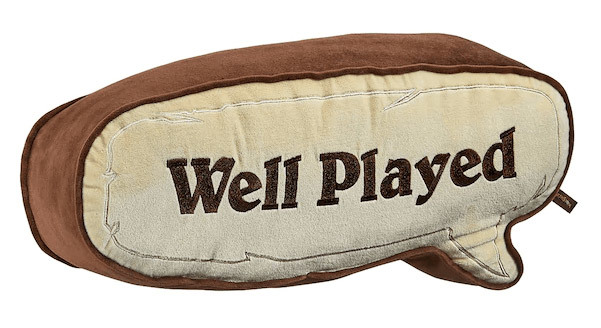
Lesson three: We don’t really need a chat
Crazy, right? An online game where you can’t communicate with your opponent and can’t express your opinion about their skill? Nonsense!
Believe it or not, the inclusion of the emote bubbles and the exclusion of a proper chat feature was rather controversial around the game’s release. What can I do with a simple “Greetings” or “Good Game” emote? Actually, quite a lot. In fact, earlier in the game’s history, the devs opted to remove the “Sorry” emote, as it was seen as passive-aggressive and patronizing, and this is the exact opposite behavior Blizzard wants to encourage. Of course, the removal of the “Sorry” bubble brought a controversy of its own, but this is to be expected on the internet.
In any case, the emote trend stuck and became a staple of the genre. Games like Faeria and MTGA have the exact same functionality, though MTGA also has a newly-implemented chat feature.
Hell, Blizzard even sells the speech bubbles as merch and people are buying.
Lesson four: Game designers can be beloved talking heads
Every game needs a voice. Overwatch fans love Jeff Kaplan and listen to what he has to say every time the game introduces a new patch or hero. Every serious League of Legends fan can recognize David "Phreak" Turley’s voice.
Well, one of the best examples of a dev who represents the game and talks to the fans in an exceptionally charismatic and relatable fashion comes from Hearthstone and its now-former game director Ben Brode. His very presence used to bring joy to fans during BlizzCons and esports events the world over, and his patch notes were read and quoted by all active players. How cool was Brode? Once he recorded a rap song about a Hearthstone expansion, as evident by the video above.
Ever since Brode’s departure from Blizzard, the tradition of goofy expansion teasers and patch notes combined with sketch comedy has been kept going by the current Hearthstone team, including designers Dave Kosak and Dean Ayala.
Lesson five: Politics bad
Sadly, not all lessons are positive. Blizzard has had its share of missteps recently and one of the biggest ones was the huge controversy surrounding Hearthstone pro player Ng "blitzchung" Wai Chung.
Blitzchung is a Hong Kong player who last year voiced his support for Hong Kong protesters after a massive tournament victory. Blizzard, careful not to enrage China and risk a ban in the world’s biggest market, was quick to punish the player by stripping him of his prize money and banning him from playing the game competitively.
This caused a huge worldwide controversy involving discussion of freedom of expression, censorship and nasty politics. Themes that don’t really have a central place in a colorful game about Mages and Druids.
Blitzchung was eventually redeemed and Blizzard president J. Allen Brack gave a formal apology about the situation, but most fans were left disappointed and somewhat disenfranchised by it. A trend that keeps going on even across other Blizzard games.

Lesson six: Anyone can make it
We don’t want to sound like a fortune cookie here, but Hearthstone really proves that anyone can make something great.
The game was started as a side project by 15 people within Blizzard known as Team 5. They made a somewhat ugly prototype to prove the concept and showed they deserve the full backing of the mighty company and their trademark art and polish excellence. Team 5 is now 70 people strong.
The game is built on the free Unity engine. A platform that used to have a bad reputation across the gaming world as a program for making undercooked indie experiments, now a well-respected tool for creating memorable games. Hearthstone was one of the smash hits that helped contribute to solving Unity’s image problem.
Outside of the dev team, we’ve got so many success stories. Former mediocre StarCraft players became some of Twitch’s biggest streamers playing Hearthstone. Former Diablo pros became the most listened to players, whose strategies shaped the entire metagame. Against all odds, a Chinese girl lifted a trophy and became the World Champion.
This is just a drop in the bucket of examples of people starting from humble beginnings and living their dream swinging spells and summoning dragons in the world’s greatest digital card game.
Well played, everybody! And happy birthday, Hearthstone! Here’s to the next six years!
